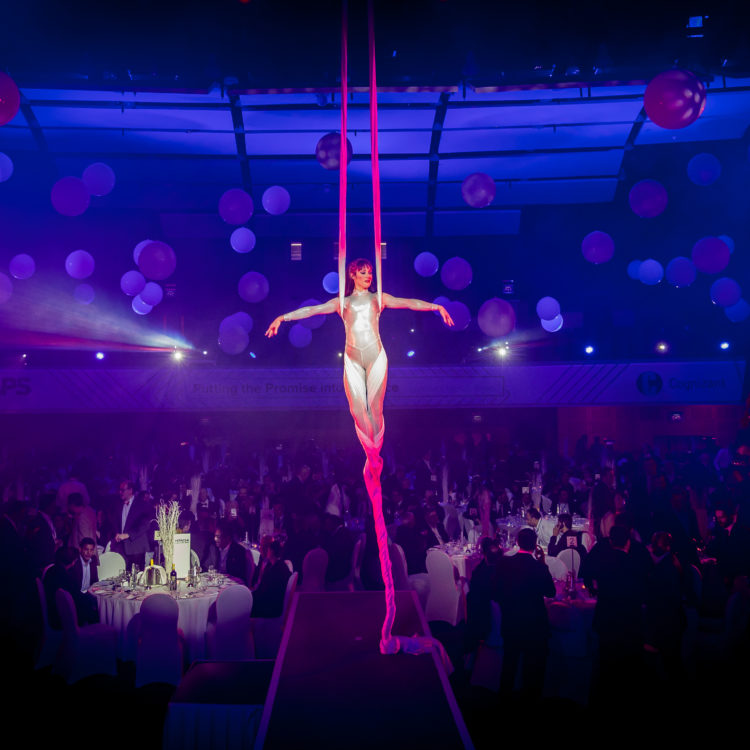Publishing Your Video – What To Check Before You Share It With The World
Once all stakeholders have had their say and the content of a video has been signed off, you don’t want to waste any time before publishing your video to the world.
However, it’s worth making sure you do a few things first, before you go ahead.
Mike Plenty, Managing Director at Dead Ready Productions, explains the steps you should take in our latest 60 second production tips vlog. The content of which can be found below.
1. Tell your production company
Your video production team will be best positioned to advise that the video is ready to distribute.
There may be elements of the video content that are still in a draft format, or require licensing, which they will need to address.
2. Check titles and web addresses
People often go by different job titles depending on the context, so make sure everyone who appears is happy with how their name appears in the video.
Also, check that all URLS and social media handles are correct.
3. Use the highest quality version
Don’t make the mistake of posting a low-resolution version of the video file online.
Always use the highest quality you can – video platforms can scale videos down if needed to meet different bandwidths, but they can’t scale up.
4. Download and keep an offline copy
Make sure you have a copy of the video file that you can keep on a local drive or server.
This gives you peace of mind and means you’re not reliant on always having an internet connection to watch the video.
For more top tips, helpful information and useful guides on video production, keep an eye out for our next vlog – coming soon!
In the meantime, if you have a filming brief, or you would like to find out more about the animation, photography and graphic design services Dead Ready Productions can offer your business, simply get in touch via the button below or by calling +44 (0)208 339 6139.





